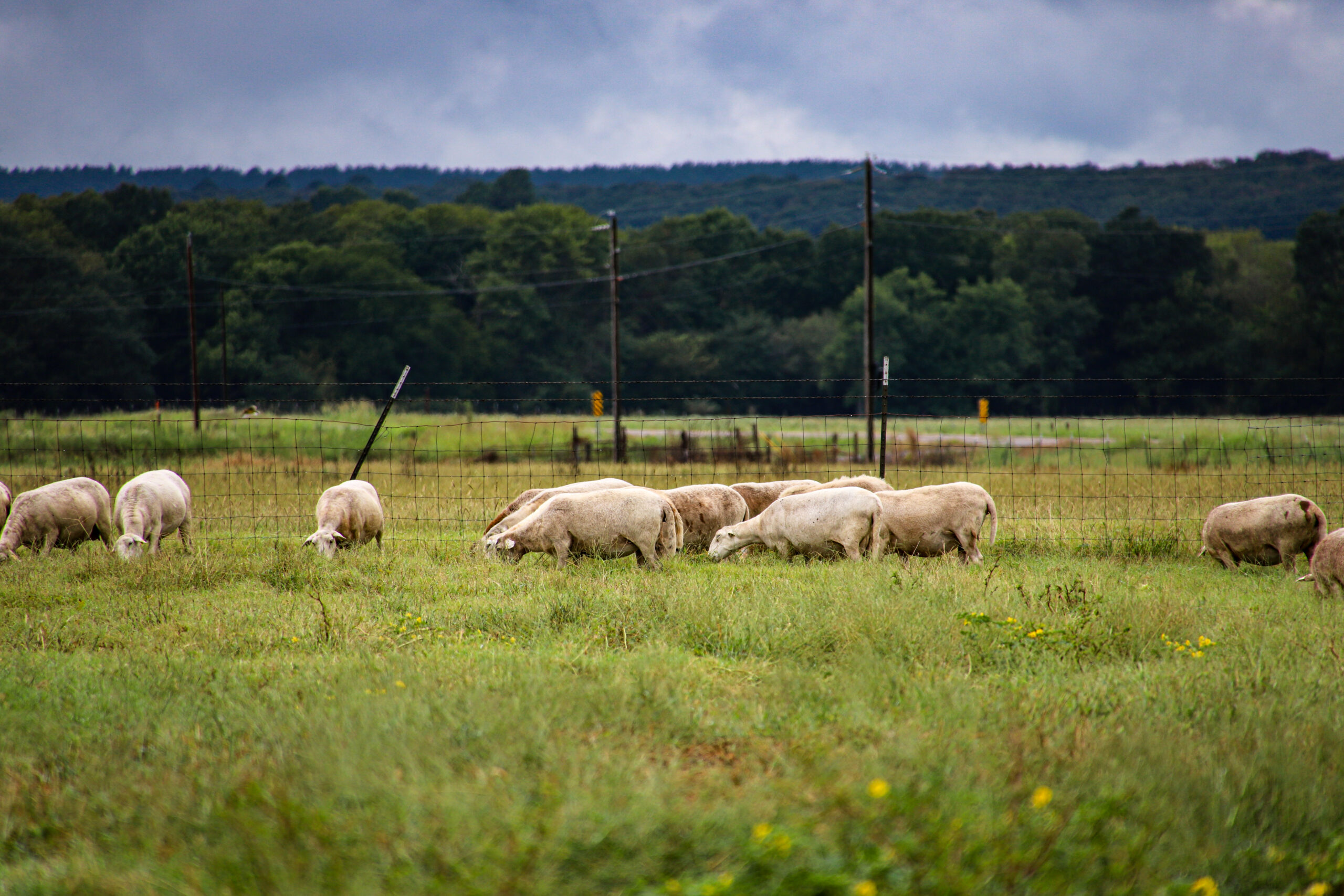In the vast landscape of the North American sheep industry, a small but remarkable breed has been making waves – the Katahdin sheep. Developed in the United States in the 1950s at Piel Farm in north central Maine, the Katahdin is a breed of hair sheep that has become a beacon of innovation and efficiency in the evolving world of sheep farming.
A Heritage of Innovation
The Katahdin breed owes its existence to Michael Piel, an “amateur geneticist” and livestock enthusiast who sought to revolutionize land management. Piel’s initial vision was to use sheep for grazing power lines, eliminating the need for herbicides or mechanical mowers. As his venture progressed, he delved into creating a sheep breed that would be hardy, require minimal maintenance, and excel in meat production.
The Katahdin’s genetic makeup tells a fascinating story. Virgin Islands hair sheep laid the foundation for the breed’s hair coat, hardiness, and prolificacy. To enhance size and carcass quality, Piel incorporated genetics from wooled breeds like Suffolk. The infusion of the Wiltshire Horn, a hair sheep from England, in the 1970s, further contributed to the Katahdin’s size and meat quality. The culmination of these efforts resulted in a new breed named after Maine’s iconic Mt. Katahdin.
Adaptability and Characteristics
Katahdin sheep are medium-sized, with ewes weighing between 120 to 160 pounds and rams ranging from 180 to 250 pounds. As hair sheep, they naturally shed their wool, eliminating the need for shearing. The coat comes in various colors and patterns, and while most Katahdins are polled, the breed occasionally produces horned individuals.
What sets Katahdins apart is their adaptability. They thrive in cold climates with their winter coats providing ample protection, yet their short hair coat allows them to endure the heat and humidity of warmer regions. Katahdins exhibit superior resistance to parasites compared to their wooled counterparts, a trait inherited from their St. Croix ancestors. Ongoing research aims to uncover additional performance characteristics, further solidifying the breed’s reputation as a robust and resilient choice for shepherds.
The Evolution of the Katahdin Breed
In 1986, recognizing the breed’s potential, Katahdin Hair Sheep International was established to register sheep, record performance data, and promote the breed. The Katahdin’s popularity has not been confined to the United States; it has also been exported to Central and South America, contributing to its global presence.
The Katahdin breed’s success is emblematic of the transformative shift in the American sheep industry, driven by the decline of the wool market. The breed’s emphasis on efficient meat production aligns with contemporary production goals and management systems, demonstrating the importance of conserving breed resources for future needs.
A Sustainable Solution for Modern Shepherds
The Katahdin’s rise in popularity in recent years can be attributed to economic factors such as low wool prices and high shearing costs. Commercial shepherds find the Katahdin breed to be a highly productive and cost-effective option, making it an attractive choice in the face of evolving market dynamics.
The Katahdin’s resistance to parasites, a valuable trait inherited from its St. Croix ancestors, adds another layer of sustainability. As the breed continues to thrive and gain recognition, it exemplifies the resilience and adaptability required in modern agriculture.
In conclusion, the Katahdin sheep breed stands as a testament to the power of innovation and adaptability in agriculture. From its humble origins at Piel Farm to becoming a global phenomenon, the Katahdin breed not only meets the evolving needs of the sheep industry but also serves as a beacon of sustainability for modern shepherds around the world.

